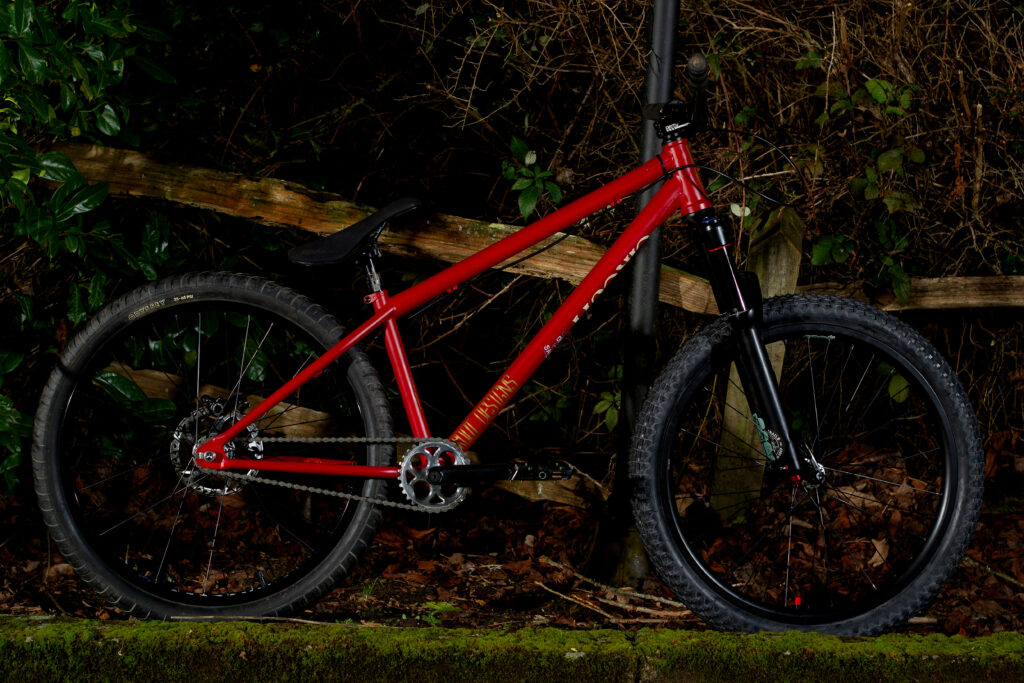
Steering
BMX and MTB grips are completely inter-compatible, so choose whichever you like. A lot of MTB grips are the lock on type (presumably because mountain bikers ride A LOT more in the wet). You wont need lock on grips.
Most MTB bars have a 31.8mm OD in the clamping area, so get some of those if you’d like a choice of sweep and rise. They’re usually made of 7075 and seem to be plenty strong enough. We’d advise against carbon bars. BMX compatible 22.2mm OD chromoly bars are an option (which would let you run a BMX stem), however, if you’re looking for a wide range of options look elsewhere. The only modern MTB bars with a 22.2mm OD in the clamping area are Gusset ‘Open Prison’ bars.
Both BMX and MTB stems have a 1 1/8” fork clamp. You’ll need to make sure the stem you want to run is compatible with the bars you want to run. We suspect most people will choose a regular MTB stem (there’s a massive choice) with a 31.8mm centre bore. Don’t be alarmed by the smaller bolts. MTB bars don’t have to deal with half the torque of tall BMX bars.
You’re going to need an integrated headset with a 1 1/8” cap and upper bearing race. You’re going to need a 1 1/2” lower race. If you’re coming from BMX that means it’s the same headset set up with a wider lower race.
You’re probably going to want 100mm suspension DJ Forks. Our team riders use the Rockshox Pike DJ 26” forks. The axle to crown measurement is mostly the same on all 100mm suspension forks. Its only the position of the bridge that gives clearance for different wheel sizes. It is possible to run rigid forks but we think suspension forks are more suitable.
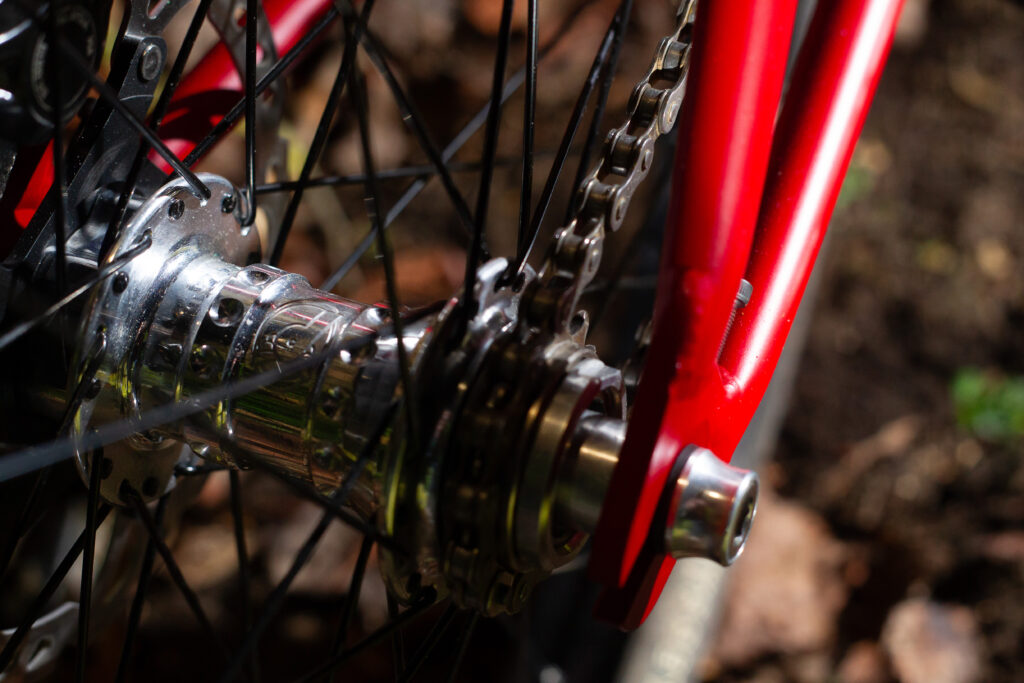
Wheels
The most defining feature of our frame is that it’s designed to accept wheels with a 24” rim. We haven’t tried to fit a 26” in the frame and the geometry isn’t designed to suit 26” wheels. 24” wheels used to be the standard for Dirt Jump bikes and (in our opinion) it’s the best size if you’re aim is to pull up and go sideways at a legit trail spot, if you’re a smaller (or younger) rider, or having a dabble into Dirt Jump bikes from your BMX background.
DMR still offer complete 24” wheelsets, so that’s always an option. Ideally we’d recommend Odyssey’s 24” Hazard Light rims, with a 135mm spaced disc mount hub (Profile is always a favourite).
Depending on which fork option you’ve gone for, front axle sizes vary. When ordering a hub, you can usually choose between 15 and 20mm options. The Rockshox forks on our bike have a hollow 15mm axle. We modified a BMX hub to have a clean look without disc rotor mounts.
The frame is designed to comfortably fit a 2.3″ tyre in any position in the dropout with decent clearance, although if you keep your wheels true and don’t have the wheel slammed you should have room up to 2.75″.
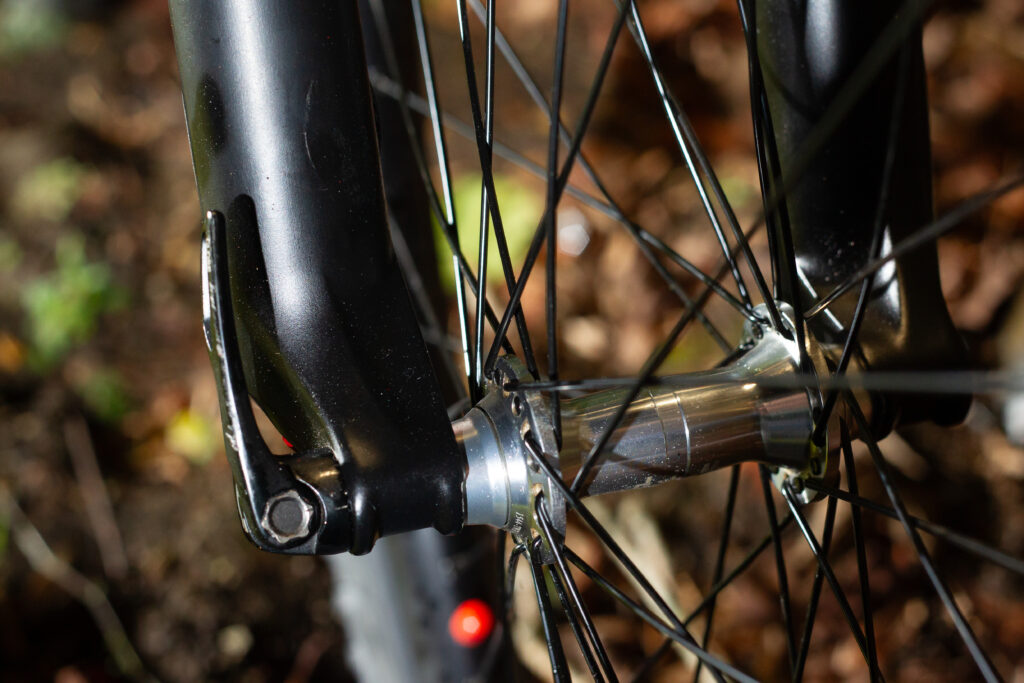
Drive train
If you are coming from a BMX background, when moving to larger wheels, the gear ratios change from what you’d be used to. Typical BMX gearing is approximately 55 gear inches. A good formula to use for gear ratios is: FRONT TEETH ÷ REAR TEETH × WHEEL DIAMETER = GEAR INCHES
We are running 13t rear and 30t front.
The bottom bracket of the frame is a BMX style mid BB. We fitted a classic 48 splined 19mm axle 3 piece crank with 19mm mid bottom bracket. Any BMX cranks will fit fine with the appropiate fitting bearings. If you prefer the feel of aluminium mtb cranks, they will work with a “mid to euro conversion” then your regular MTB bottom bracket will be compatible.
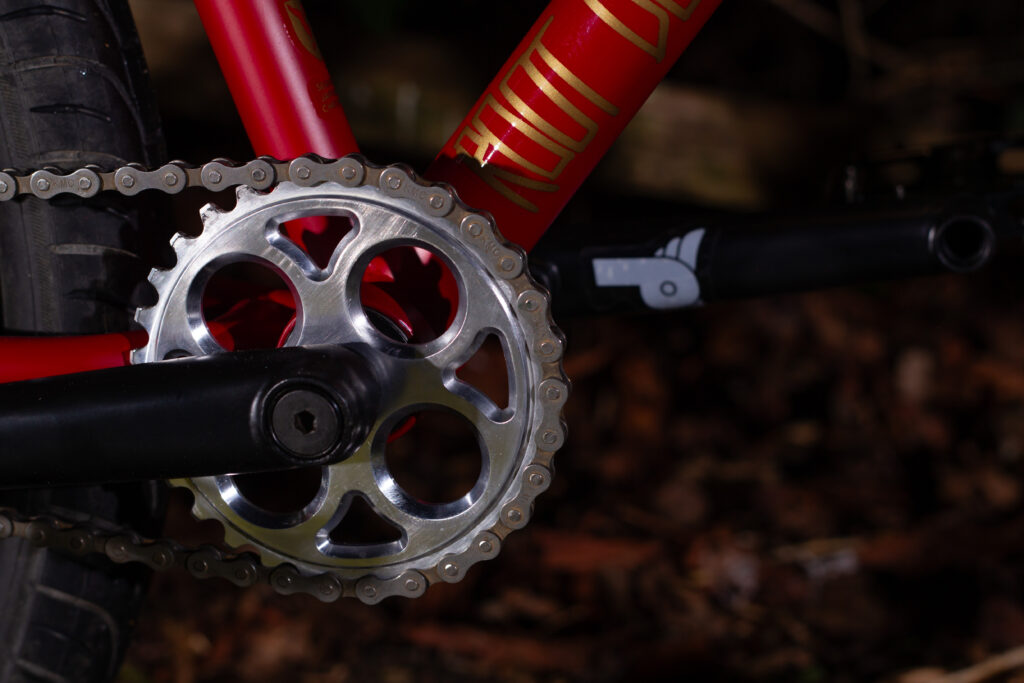
Seating
The seat post diameter for the frame is 27.2. Although a BMX (25.4) post can be used with a shim. We’ve used a Thomson BMX seatpost on this build.
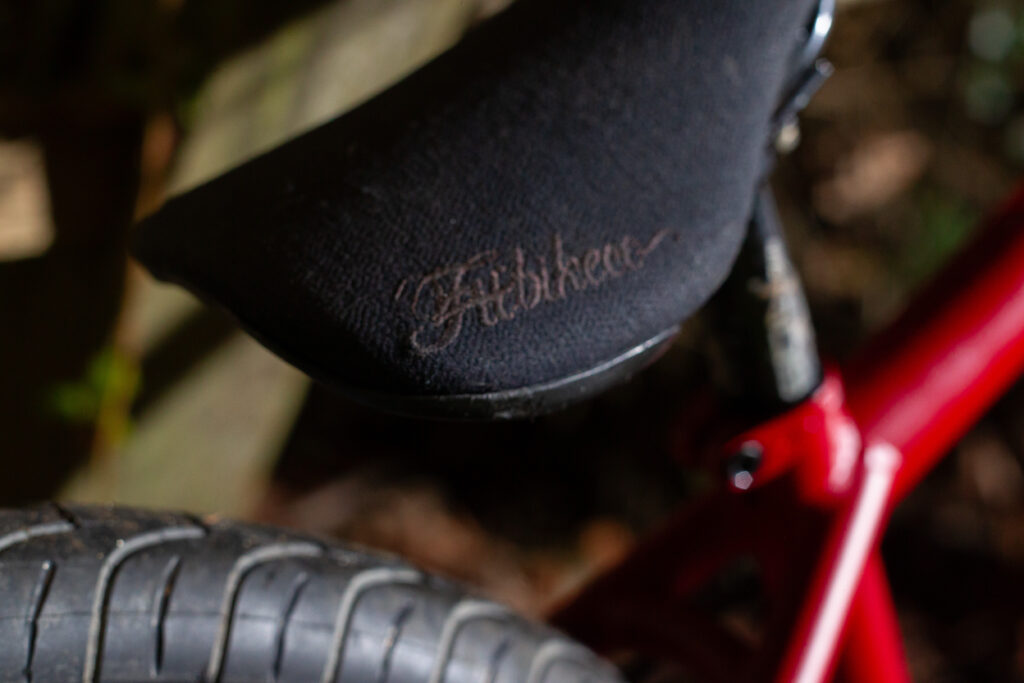
Braking
The frame has standard IS brake mounts to be used with disc brakes and IS adapter. Clearance designed to work with a 160mm rotor. We chose a Shimano hydraulic brake because they have a solid braking action, are very easy to set up/maintain and aren’t too expensive.
Hydraulic brakes tend to come as a set (lever, cable, caliper) rather than a mix and match set up seen on most BMX bikes. The calipers and levers are designed to work together with specific brake fluid per brand.
It’s possible to run a BMX style lever, however, you’ll be sacrificing braking power as that wont be a hydraulic brake.
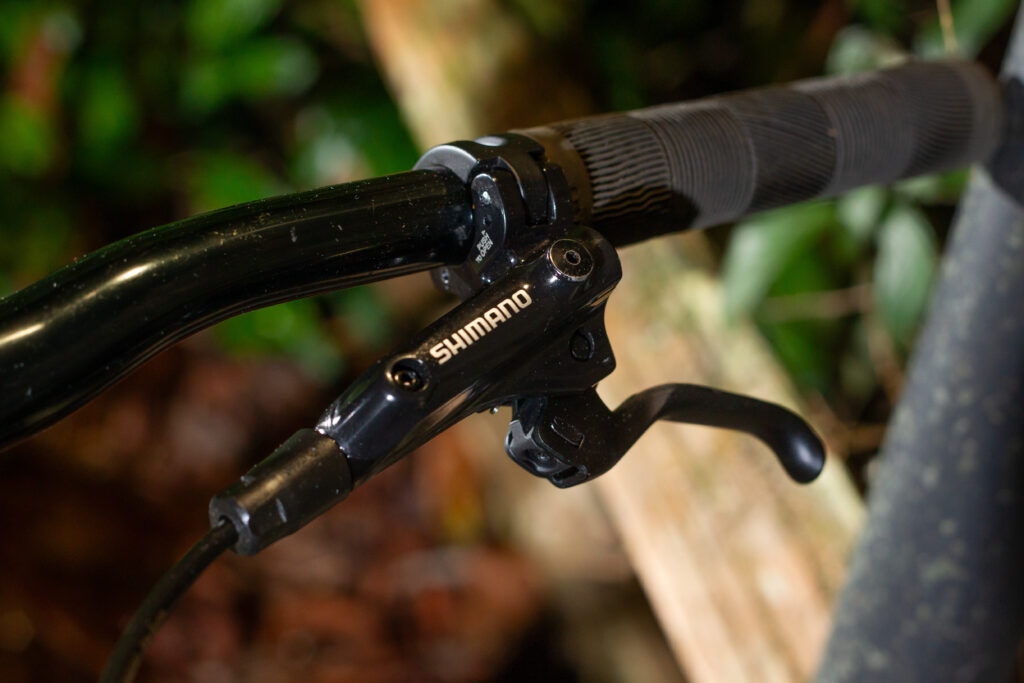
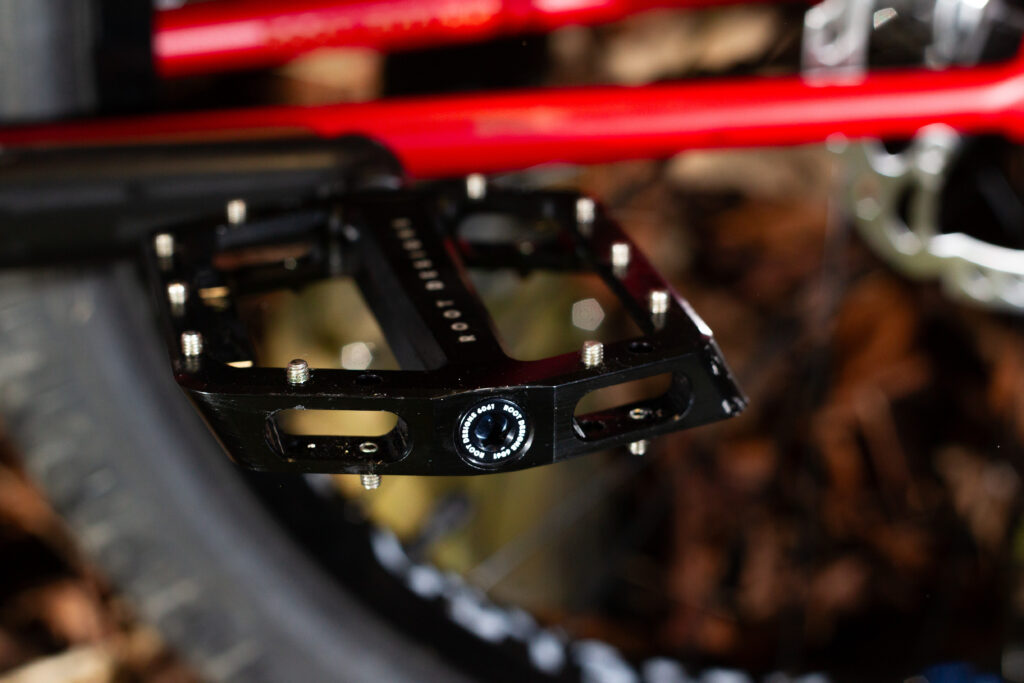

Published by